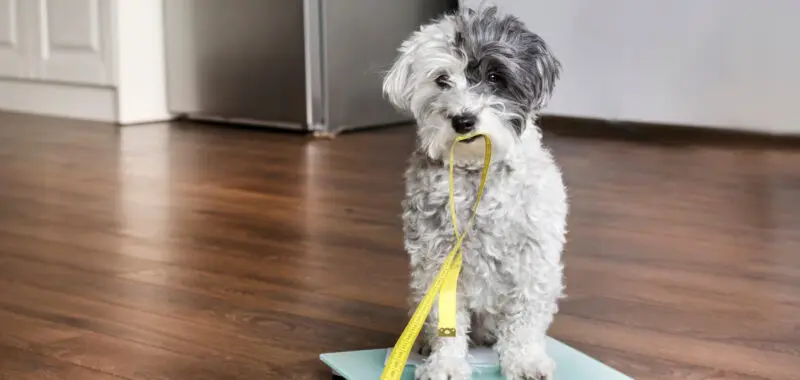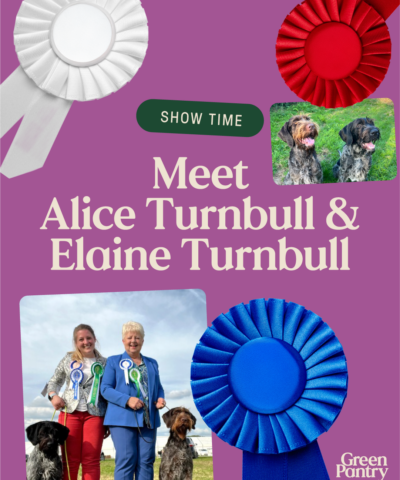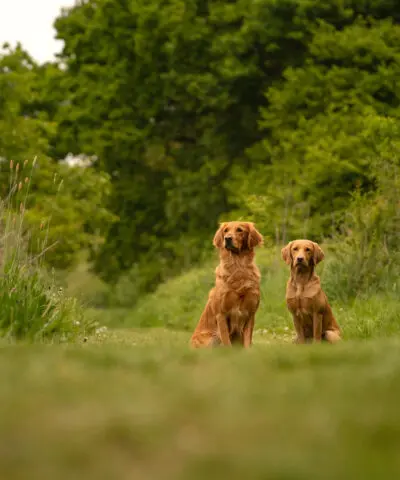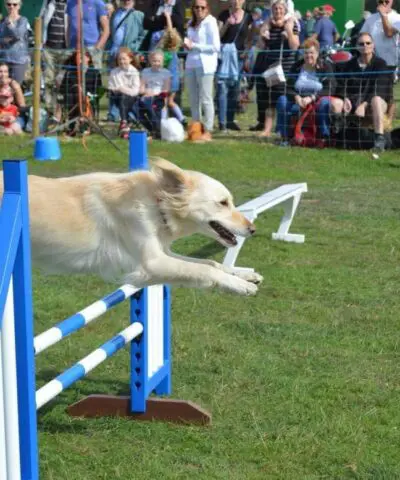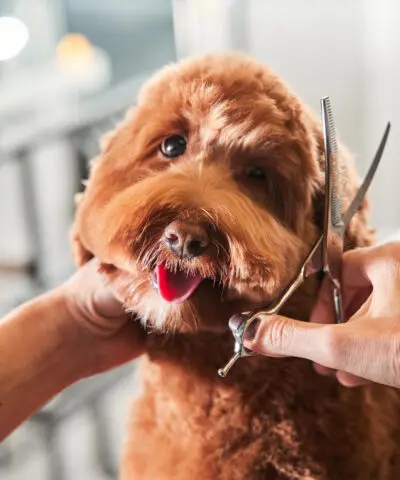Specialist Pet Nutrition company Green Pantry has teamed up with vet Dr Suzanne Moyes (MVB MRCVS ) and Pet Nutritionist, Laura Ward to help navigate some of the considerations around dog spaying and neutering
Considerations of Neutering
Whether to have a dog castrated or spayed is a well-discussed topic. There are many factors to consider, including the reasons you may consider neutering, timing of neutering, breed, size, age, genetics, and many more factors that play a part in this decision. Your vet will be best placed to help inform you if this is the best for you and your dog.
In most cases, the key benefits of neutering a dog will be one of the following;
- for specific health reasons, in particular, issues related to the reproductive organs such as a uterus infection (Endometritis), and breast (mammary) or testicular cancer
- certain behaviour issues, in particular those relating to overtly dominant or aggressive behaviour ( more often in the case of male dogs)
- the avoidance of future and unwanted pregnancies
Whilst nearly everyone goes through the process of considering it it’s right to get a dog neutered, the post-operative care and subtle changes in your dog’s lifestyle post-operation are not always so well considered. In weighing up the pros and cons this is equally important
ming of neutering, breed, size, age, genetics, and many more factors play a part in this decision. Your vet will be best placed to help inform you if this is the best for you and your dog.
In most cases, the key benefits for neutering a dog will be one of the following;
- for specific health reasons, in particular issues related to the reproductive organs such as a uterus infection (Endometritis), and breast (mammary) or testicular cancer
- certain behaviour issues, in particular those relating to overtly dominant or aggressive behaviour ( more often in the case of male dogs)
- the avoidance of future and unwanted pregnancies
Whilst nearly everyone goes through the process of considering it it’s right to get a dog neutered, the post-operative care and subtle changes in your dog’s lifestyle post-operation are not always so well considered. In weighing up the pros and cons this is equally important.
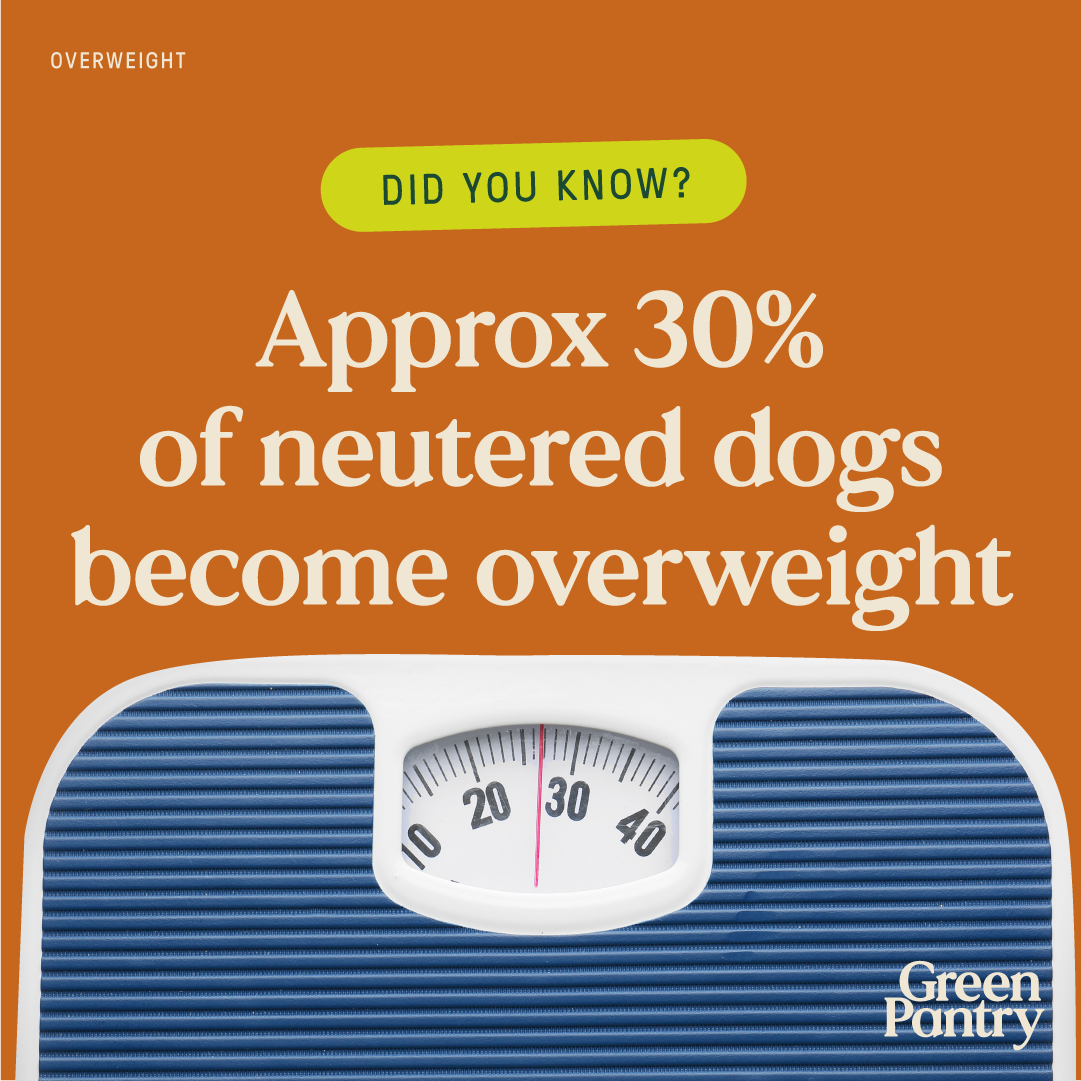
Post Operative Care
Let’s start with post-operative care in the immediate aftermath. In the vast majority of cases, they will be admitted for surgery in the morning and be ready for collection later that same afternoon. Most dogs are likely to be a little sleepy on the first evening and will require additional care and attention over the coming days. Over the first 24-48 hours your vet will likely recommend a recovery which is a nutritious, easily digested food to support recovery. Depending on the surgery your dog may also be sent home with oral pain relief. If your dog seems excessively uncomfortable at any point, or you notice any bleeding, or changes to the wound you should contact your vet.
Recovery takes place over the next 10 days, and you need to ensure that your dog rests during this period of time- that is something that is easier said than done in a lot of cases- so planning ahead is key. After castration or spaying you should keep you dog calm and quiet over the 10-day period, gradually introducing short lead walks, as per the guidance you receive from your vet. You should avoid letting them run around or jump up and down off furniture, as this may cause bleeding in the early days, and risks sutures pulling apart. Crate training your dog from an early age really helps in situations such as this, as they will have a calm, safe place where they can rest, and you know they are safe from mischief while you are out.
The second key element is ensuring your dog doesn’t lick at their wound- this is a natural instinct for them, however, can result in the wound becoming infected, removing sutures and taking longer to heal. There are different options that can be used to keep the wound clean and dry- the traditional Elizabethan cone can be effective, but cumbersome for dog and owner. Inflatable donut collars make life a little easier and are more comfortable, or surgery shirts (which look a little like baby grows) can help keep the wound safe while allowing your dog to relax, eat and drink in comfort.
Neutering and Weight Gain
This is a crucial consideration; When dogs are neutered their reproductive organs (either testicles, or ovaries and womb, dependent on their gender) are removed. This removal of reproductive organs means that the levels of circulating hormones (testosterone in males and oestrogen in female) within the body are reduced. These hormones impact the metabolism, so this reduction of them slows the metabolism of neutered dogs. Neutered dogs can also show reduced activity levels. Another method of action is appetite. Without testosterone and oestrogen appetite regulation reduces and food intake is increased. The combination of increased appetite, slower metabolism and reduced activity levels mean that weight gain is probable if measures to avoid this are not used.
How to Manage Diet after Neutering
Neutering, absolutely, doesn’t mean that weight gain is unavoidable. Some simple measures can be taken to maintain an ideal weight.
- Ad Libitum feeding should be avoided.
- Diets should be fed by precisely measuring the quantity based on the calculations of how much energy is necessary.
- High-energy diets should be avoided for pet dogs. High-energy diets may still be most suitable for working and highly active dogs. But in most cases a lower fat diet is ideal
- Ensuring the right levels of exercise. We would recommend at least 2 walks a day, and ideally, they should total close to 60 minutes in total, and certainly no less than 30 minutes
A calculation is used to determine the energy requirements of a dog, and for neutered animals, this calculation is adjusted. Due to the decreased energy demand, the equation incorporates an adjustment to account for this, or alternatively the calculation for inactive dogs can be necessary.
Diets suited for neutered animals have a lower energy density, meaning that within a set volume of food provided there is less energy, or calories being supplied. As neutered dogs require up to 30% less energy than dogs which are not neutered, to maintain their ideal body condition, lower energy foods are most suitable.
Feeding an energy-dense food to a neutered dog without taking into account their reduced energy needs will result in weight gain, obesity and the multitude of connected veterinary conditions which reduce the health of the dog. If an energy dense food is fed at an adjusted portion size to account for the lower energy requirements, it is likely that only a very tiny quantity of food will be required. This can be unsatisfying for the dog, leaving them hungry and begging for more food. The preferred option is to feed a lower energy food, which allows them to maintain a satisfying portion size and leave them feeling full, without oversupplying calories.
Approximately 30% of neutered dogs become overweight, which can lead to other issues such as hip dysplasia. This can be avoided by choosing a suitable diet and controlling the portion fed to align with a dog’s energy requirements after neutering.
Planning ahead can really help make the experience of neutering much easier for you and your dog. The long term health benefits for neutering generally outweigh the short term considerations, however every dog is different and we always recommend chatting to your vet for tailored advice.
References
- Vendramini THA, Amaral AR, Pedrinelli V, Zafalon RVA, Rodrigues RBA, Brunetto MA. Neutering in dogs and cats: current scientific evidence and importance of adequate nutritional management. Nutrition Research Reviews. 2020;33(1):134-144. doi:10.1017/S0954422419000271
- Kustritz MV. Determining the optimal age for gonadectomy of dogs and cats. J Am Vet Med Assoc. 2007 Dec 1;231(11):1665-75. doi: 10.2460/javma.231.11.1665. PMID: 18052800.
- Reichler IM. Gonadectomy in cats and dogs: a review of risks and benefits. Reprod Domest Anim. 2009 Jul;44 Suppl 2:29-35. doi: 10.1111/j.1439-0531.2009.01437.x. PMID: 19754532.
- https://www.pdsa.org.uk/pet-help-and-advice/pet-health-hub/other-veterinary-advice/dog-neutering-a-guide-to-castration-and-spaying
